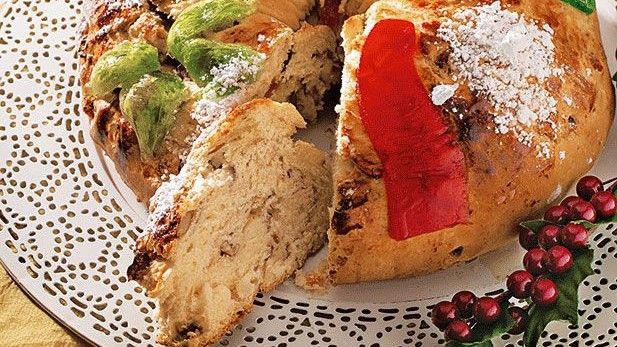“It is estimated that national production may suffer a drop
of 30%-40% compared to the previous campaign. In some regions of traditional
olive groves, these losses can even reach 50%”, said the secretary general of
Casa do Azeite, Mariana Matos, in response to Lusa.
According to Matos, the drop in production is due to the
fact that this is a “counter-harvest campaign”, but also to the drought.
The traditional dryland olive grove is the most affected by
drought, particularly in the regions of Trás-os-Montes and Beiras, where this
type predominates.
With regard to the Alentejo region, with irrigated olive
groves, there was “some break” due to high temperatures “at the time of
flowering and off-season”.
Even so, the decline will be lower than that recorded in
dryland olive groves.
Portuguese olive oil exports increased by 36% in volume and
57% in value, between January and October, but domestic sales fell by around
14% compared to 2021, according to data provided by Casa do Azeite.
By market, Italy (+84%) and Spain (+55%) stand out, with the
highest increases, in terms of bulk olive oil exports.
Brazil, on the other hand, continues to be the main destination market for packaged olive oil, with exports growing by 6.5%, compared to the same period in 2021.













